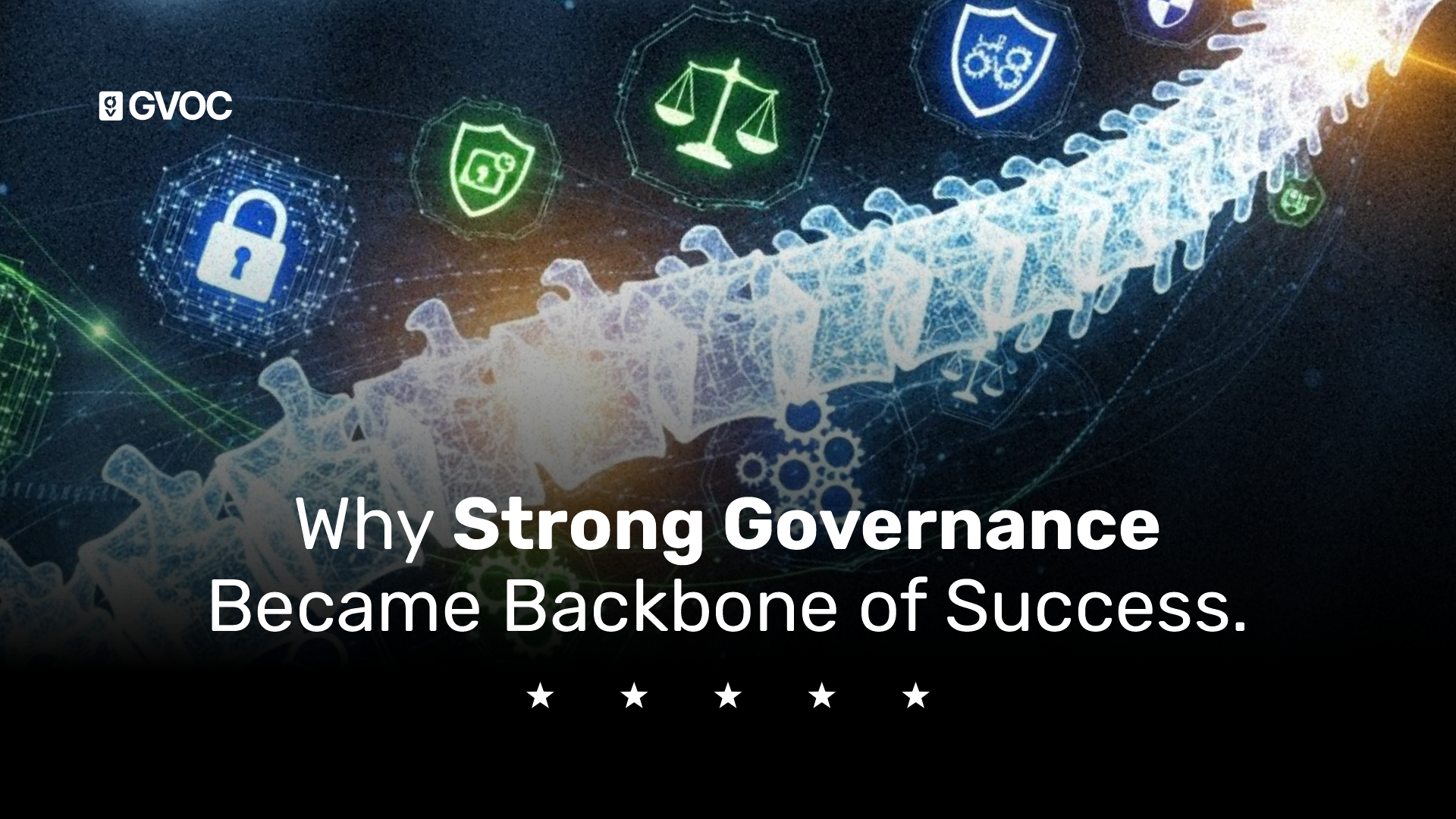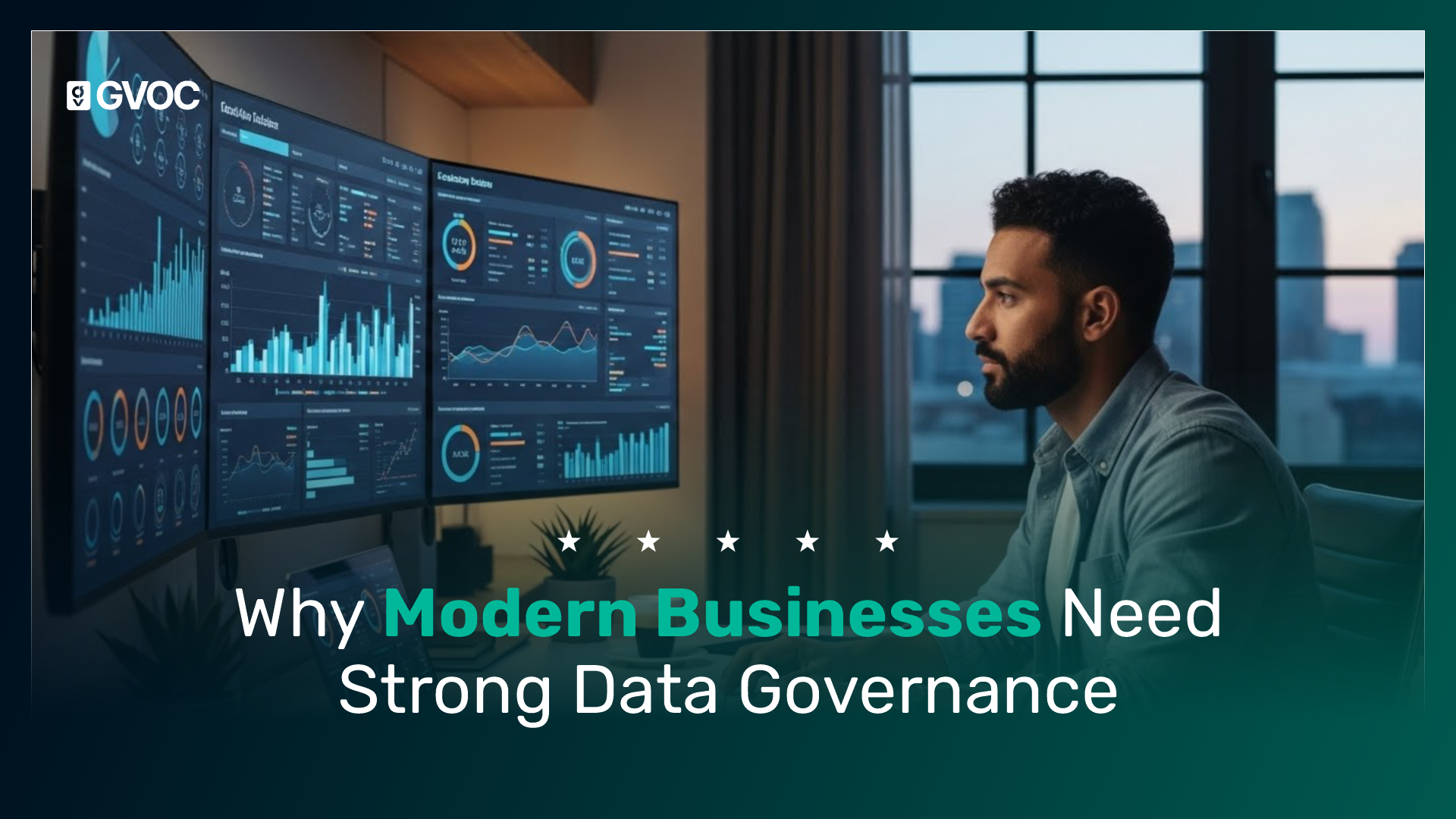
Artificial Intelligence
In boardrooms and strategy sessions around the world, a question is stirring up both excitement and anxiety: Will AI replace business intelligence? As artificial intelligence continues to evolve, business leaders are wondering whether traditional dashboards, reports, and human analysis are becoming obsolete. But the truth is more nuanced—and far more empowering. At GVOC, we believe that the future of business intelligence isn’t about replacing human judgment. It’s about enhancing it. AI is changing the game, no doubt—but not by pushing BI aside. Instead, it’s helping businesses make faster, smarter, and more confident decisions than ever before. Let’s break it down.
Content
What AI Is Really Doing in Business Intelligence
First, let’s talk about what AI in business intelligence actually means. We’re not talking about robots in suits replacing your analysts. We’re talking about tools and systems that can automate repetitive tasks, spot trends across millions of data points, and even forecast future outcomes with remarkable accuracy.
For example, in the past, a business analyst might spend hours cleaning data, running reports, and building dashboards. Now, with AI-powered platforms, the data prep can happen automatically—AI can detect errors, fill in missing values, and even recommend the best way to visualize a dataset.
Then there’s natural language processing (NLP). This allows decision-makers to literally ask their data questions like: “Which region had the highest sales growth last quarter?”—and get a clear answer without having to dig through dashboards or reports.
Another big one: predictive analytics. This is where AI doesn’t just tell you what has happened—but what’s likely to happen. That means instead of reacting to a sales drop after it happens, leaders can get ahead of it.
All of this is changing how we use business intelligence tools—but it’s not replacing them. It’s evolving them.
Why AI Won’t Replace BI (And Definitely Not Humans)
Here’s the thing. Data, no matter how advanced the tools are, still needs context. And context is a human thing.
Let’s say AI tells you that online shoe sales are down 15% in Lagos. That’s useful information. But why? Is it seasonal? Did a competitor launch a promotion? Did something change in your marketing? AI can surface the pattern—but it’s the business leader, the strategist, the human who understands the business environment, who turns that insight into action.
BI platforms, even the most advanced ones with AI features, still rely on human judgment. They help us ask better questions and get answers faster, but they don’t remove the need for leadership, strategy, or creativity.
At GVOC, we always say: AI doesn’t replace business intelligence—it supercharges it.
How Businesses Are Already Using AI in BI Today
Let’s make it real. Imagine a retail company—like a fashion brand—that uses AI-driven BI tools to analyze customer purchase patterns. The system identifies that customers who buy athletic wear are also likely to buy eco-friendly water bottles within the same week.
Based on that, marketing teams get a recommendation to bundle products or run targeted ads for those customers. Inventory teams use predictive tools to stock up ahead of demand. Finance sees how the bundling affects revenue per customer.
Boom. That’s AI in business intelligence at work—making every part of the business more connected and more informed.
We’ve seen similar things with our own clients at GVOC—especially in industries like FMCG, retail, and service-based businesses. AI helps them unlock insights they never saw before, and our BI solutions help them turn those insights into strategy.
What This Means for Business Leaders
If you’re a CEO, a product manager, or a decision-maker, here’s what you should know: AI won’t make your job obsolete. But it will change how you lead.
With AI-powered BI, decisions no longer have to be based on intuition alone. You can move faster, test ideas quicker, and make proactive moves with more confidence.
Think of it this way: you’re still the pilot, but now you’ve got a much smarter dashboard. One that shows you turbulence ahead, suggests a smoother route, and even tells you when your fuel is running low—all before it becomes a problem.
The companies that thrive in the next 5–10 years won’t be the ones with the most data. They’ll be the ones who know how to use that data, powered by AI, and grounded in smart business intelligence.
The Future of Decision-Making: A Blend of AI + BI + Human Strategy
So, what does the future look like?
We predict that more businesses will adopt augmented analytics—a combination of AI and traditional BI that gives users real-time insights with less manual effort. Dashboards will become more conversational. You’ll ask your system a question and get visual, real-time answers.
But no matter how advanced these tools get, leadership will remain key. Because businesses don’t just need data—they need direction. And AI doesn’t set business goals. You do.
At GVOC, we see our role as helping businesses make sense of their data. We don’t just install tools—we guide teams on how to ask better questions, build stronger strategies, and act confidently in a fast-changing world.
In Summary
Will AI replace business intelligence? Not at all.
It will transform it. It will automate the boring parts. It will help us see patterns we couldn’t see before. It will speed up analysis and support faster decisions.
But business intelligence—real BI—isn’t just about data. It’s about what you do with it. That part still belongs to people.
If you're ready to explore how AI in business intelligence can sharpen your business strategy and empower your team, GVOC is here to help. We combine the latest in AI-driven tools with deep expertise in business and customer intelligence—so you can move from information to transformation.
Let’s talk about how we can future-proof your decision-making.
Author
Nafisat Jayeola
Lead Data Analyst
Author
Case Studies & Strategies
Dive into our newsletter for a wealth of knowledge in digital marketing







.svg)

.png)


.svg)

.svg)





